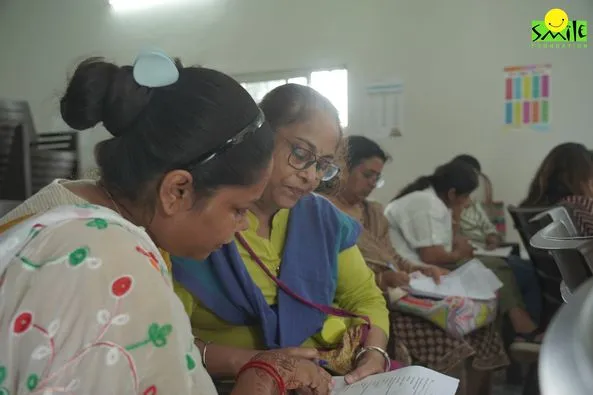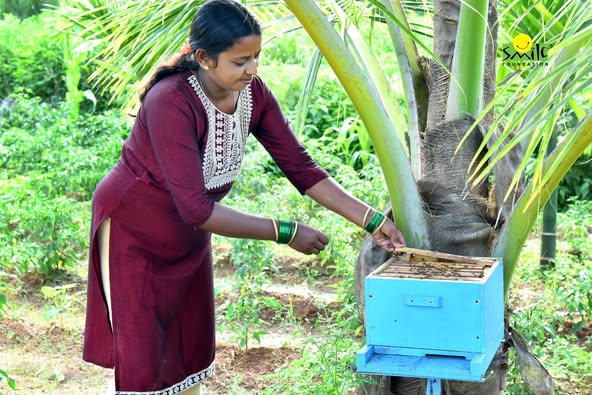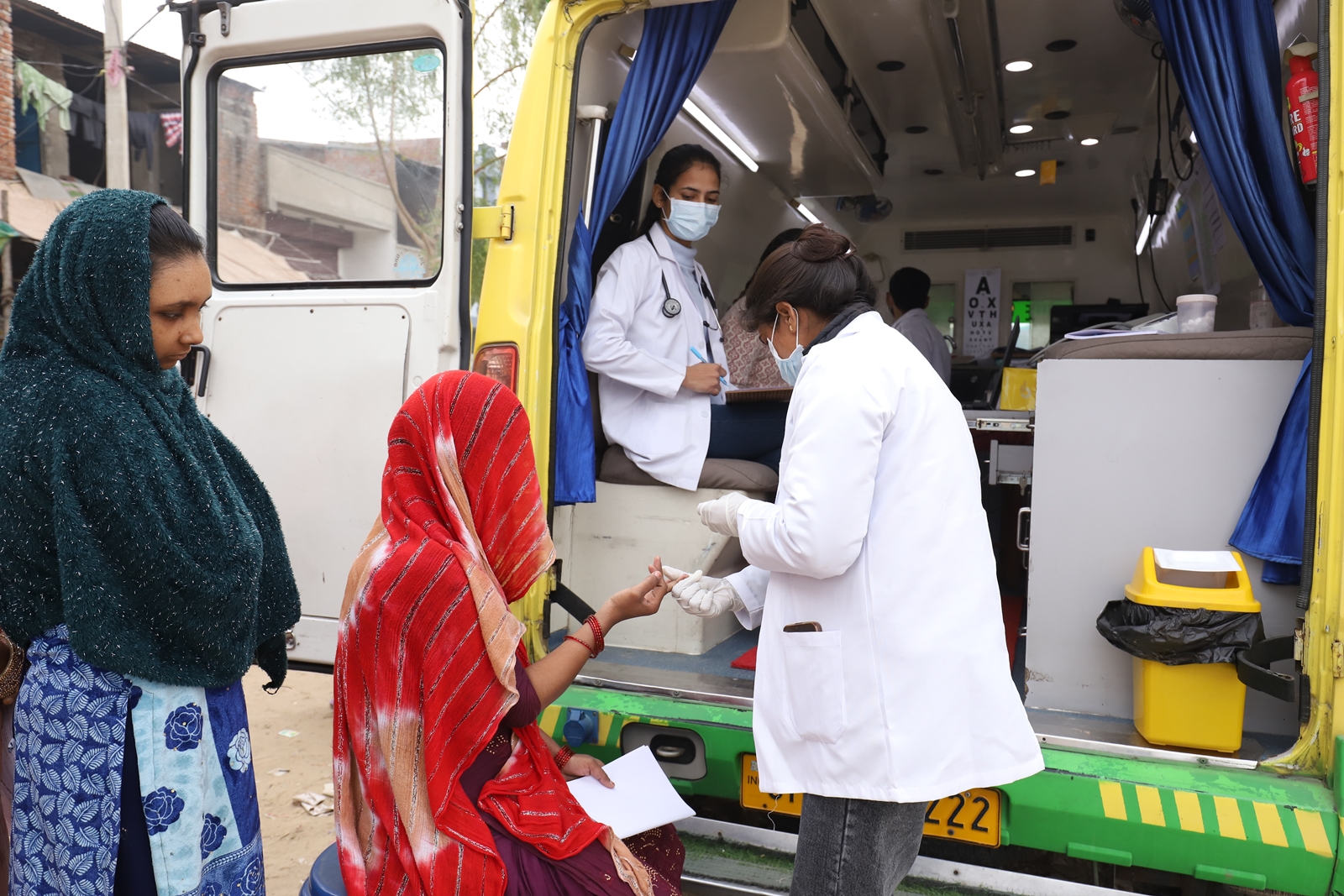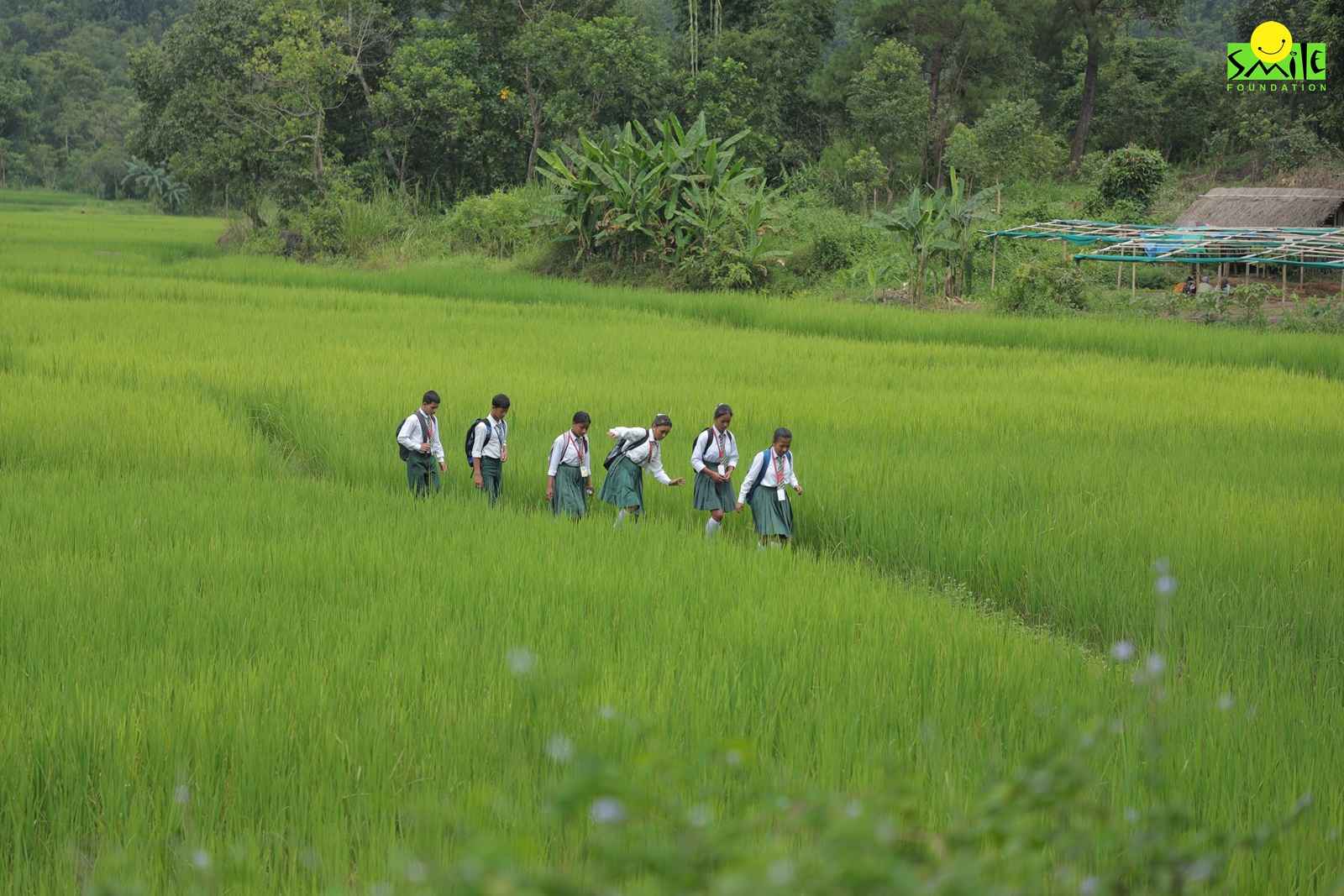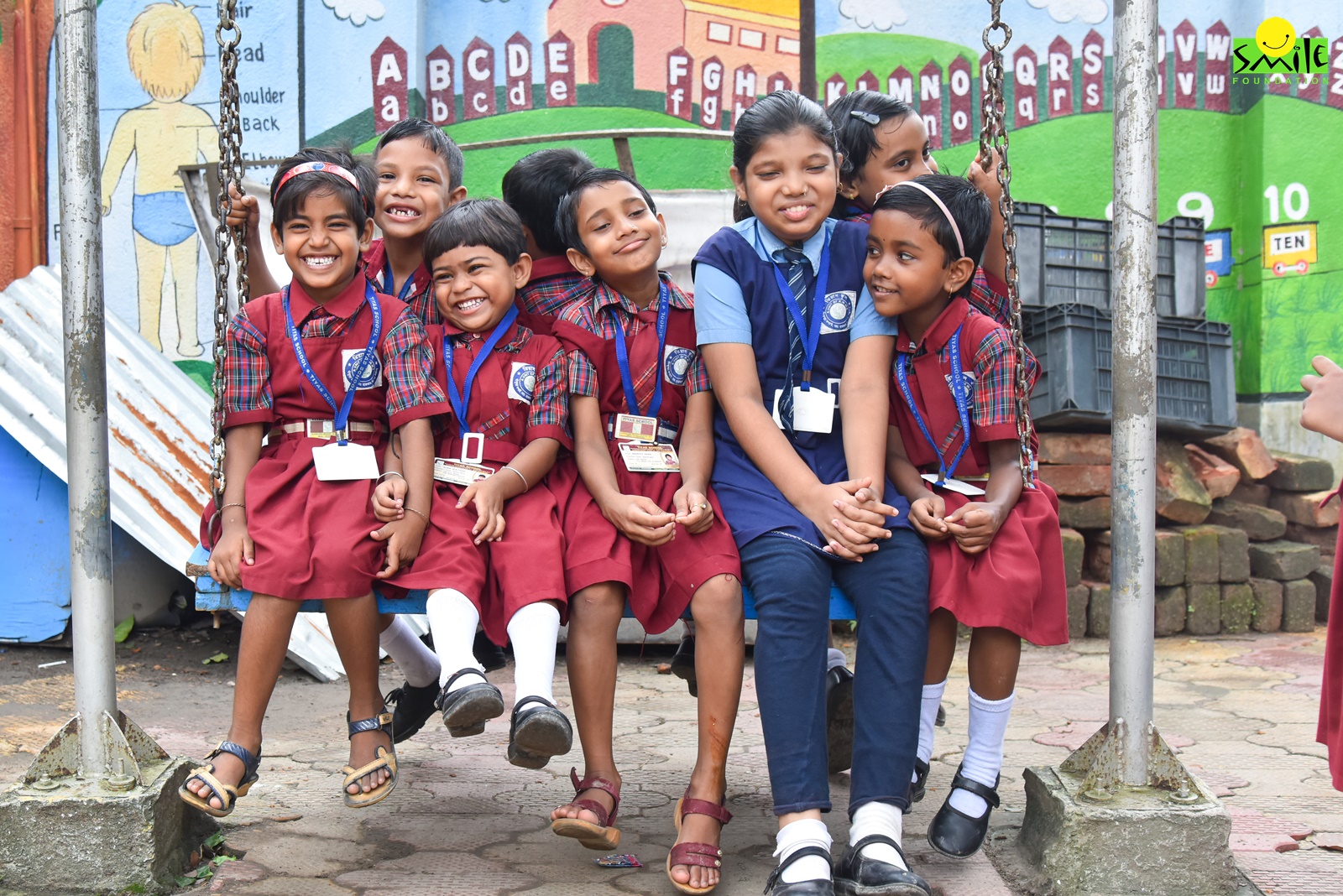As a child, when Mangal Pandey said that he aspired to be a teacher, people around him were proud. “But, when I said the same thing when I was a teenager, it was met with scorn and people felt that I was keeping my aspirations too low,” says Pandey, CEO of Key Education Foundation and a former Teach for India fellow. “There is a poor perception of teachers in society, which is linked to their salary and image. A teacher is no longer seen as a respected figure, which was not the case two decades ago. It’s sad that people value education but not educators,” says Pandey.
Poor perception and inadequate compensation, combined with a host of other factors such as long working hours, inadequate training and lack of opportunities for professional development has led to a shortage of teachers in India, especially in rural areas.
How acute is the problem?
According to a 2023 report by NITI Aayog, the apex public policy thinktank of the Government of India, there are over one million teacher vacancies in the country, with rural areas facing acute shortages. Some rural schools operate with only one teacher, which has a huge impact on educational quality as it also limits individual student attention.
This issue gets worse at the secondary school level. According to UNESCO’s State of the Education Report for India 2021, the pupil-teacher ratio (PTR) at senior secondary schools is 47:1 as against 26:1 of the overall school system, making personalised instruction challenging, reports Financial Express.
According to UNESCO’s 2021 report, Uttar Pradesh, Bihar, and Madhya Pradesh stand out among Hindi heartland states for having the highest number of teacher vacancies. Uttar Pradesh and Bihar each report over 100,000 open positions, the largest figures nationwide. Over 60% of these vacancies are concentrated in rural regions, with Uttar Pradesh leading at 80%. Madhya Pradesh has the country’s highest count of single-teacher schools, totalling 21,000. Approximately 7.7% of pre-primary, 4.6% of primary, and 3.3% of upper-primary schools employ underqualified teachers, says the Financial Express report.
“There is a shortage of teachers in government schools. You have schools where teachers are managing multiple classrooms by clubbing students. They also play multiple roles – that of a teacher, principal and administrator,” says Pandey. “The government also allocates resources based on the number of students admitted to schools. So there are schools in Karnataka where there are only 20-30 students in the entire school and one teacher. The problem is that the children are of various age groups and educational levels and the same teacher has to handle all of them.”
Why is teaching no longer an attractive profession?
Though education is valued, teachers in many regions, especially in rural areas and government schools are paid low salaries. Many schools lack proper classrooms, teaching materials, toilets and drinking water, making it difficult to attract and retain teachers. According to NITI Aayog’s report, many schools lack basic facilities like libraries, ICT resources, and proper sanitation. To address this, the NITI Aayog’s Project SATH-E has piloted reforms in select states like Jharkhand, Madhya Pradesh and Odisha, focusing on merging small schools, enhancing teacher training and building “leader schools” to act as models, says a report in Financial Express.
Teachers are often unwilling to work in remote, underdeveloped areas where schools have poor infrastructure and lack amenities. They are often required to perform a variety of duties beyond teaching, such as administrative work, supervising exams, handling extracurricular activities and also often roped into election work.
“I used to teach English to students from class 9 to 12. Apart from my regular duties, I also had to work on weekends whenever school events were organised and none of the teachers were paid for working overtime,” says Sindhu Balakrishnan, who gave up teaching three years ago. “Even during the pandemic, once the lockdown lifted, we were supposed to go to the office and conduct the online classes though students were still not coming to school. And we had to use our own data, for which we were not reimbursed. I finally switched over to content writing, which pays better and has better working conditions,” says the Chennai resident.
Add to that the fact that there are very few opportunities for professional development and growth, unlike other professions. Limited or no access to modern methods of teaching or opportunities to upskill themselves leads to lack of professional satisfaction.
All this leads to absenteeism, especially in rural areas. According to the Annual Status of Education Report (ASER) 2021 conducted by Pratham, nearly 20-25% of teachers in rural areas are absent on any given day. This impacts the availability of teaching staff.
Experts also feel that though there are regular recruitment drives by state governments, the number of teachers required to meet the growing student population has not kept pace with demand. Also, according to the Financial Express article, 69% of teachers in private schools and a significant number in government schools work without secure job contracts, which in turn affects teacher motivation and retention.
What can NGOs do?
“NGOs need to focus on capacity building of teachers as often they have no opportunity to improve their skills. NGOs can ensure that teachers in the geographical area that they work in are getting trained by DIET (Institute of Educational Training) institutes,” says Pandey, adding that NGOs can bring in innovative methods, latest technology and latest methodology in teacher training.
He says there is also a need to educate parents. “You cannot see the teacher as the sole person to educate your child. NGOs should empower parents to understand what they need to do as parents and supplement the role of a teacher. We need to have a societal approach to education and not just pin all responsibility on the teacher,” says Pandey.
When innovation is key
Some NGOs have been focussing on providing training and upskilling programmes for teachers to improve the quality of education. This includes capacity building, technology-enabled learning that supports teachers in remote or underserved areas through digital platforms and tools and support for continuous professional development by creating networks and communities for teachers to share resources, experiences and best practices.
Others have set up community-based learning centres where trained locals, including women and youth, can serve as teachers. Example: Barefoot College has been working in rural areas to train local women as solar engineers and these women also take on educational roles, helping bridge the gap in community teaching.
To overcome the lack of qualified teachers, especially in remote areas, some NGOs have introduced tech-driven solutions, such as e-learning platforms that give teachers and students access to online resources, interactive learning modules and virtual classrooms.
A few NGOs also partner with government bodies to help recruit and deploy teachers in areas facing acute shortages and engage in policy advocacy to raise awareness about teacher shortages and advocate for better recruitment practices, salaries and working conditions for teachers.
However, they do face some stumbling blocks. For one, they need long-term funding to continue teacher training and deployment. Scaling up successful models from a few schools or districts to the entire country can be difficult. Aligning NGO efforts with government policies and systems can sometimes be challenging due to bureaucracy or policy constraints.
Searching for solutions
Solutions proposed by the National Education Policy (NEP) include restructuring contracts, increasing teacher training, and integrating foundational literacy programs to bridge educational gaps, says the Financial Express article.
And NGOs have been stepping in to help. NGOs such as Team Everest that provide academic support to children after school hours. “We run tuition centres in nine villages in Tamil Nadu. In all, they serve 600 students. Since many parents are illiterate, children struggle to do their homework and that’s where our centres step in to help,” says Karthee Vidya, founder, Team Everest, which also provides scholarships for school and college students in rural TN.
Smile Foundation focus on the capacity building of teachers. The main aim of the teacher training sessions is to update and upgrade the teaching learning techniques and methodologies in teachers and help classrooms become more interactive, vibrant and fun. Smile Foundation has conducted 72 stimulating and interesting engagements with more than 400 teachers and principals. The major topics in focus were inquiry-based and activity-based learning, classroom management, child pedagogy and multilevel child centric teaching. Experiential learning training on maths and science, and lesson planning and effective delivery of curriculum to achieve optimal learning outcomes were also focussed on.



